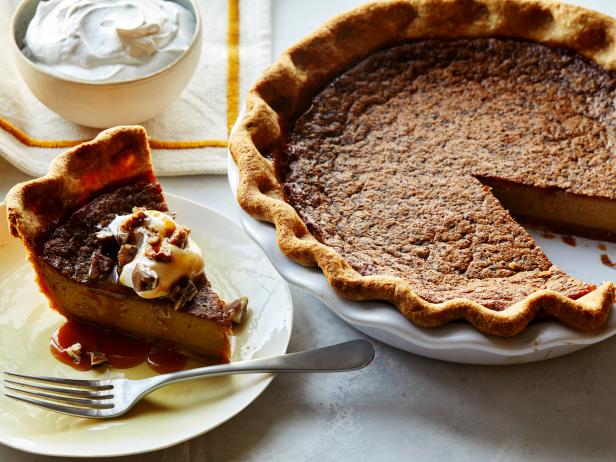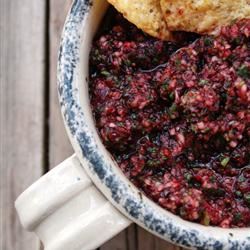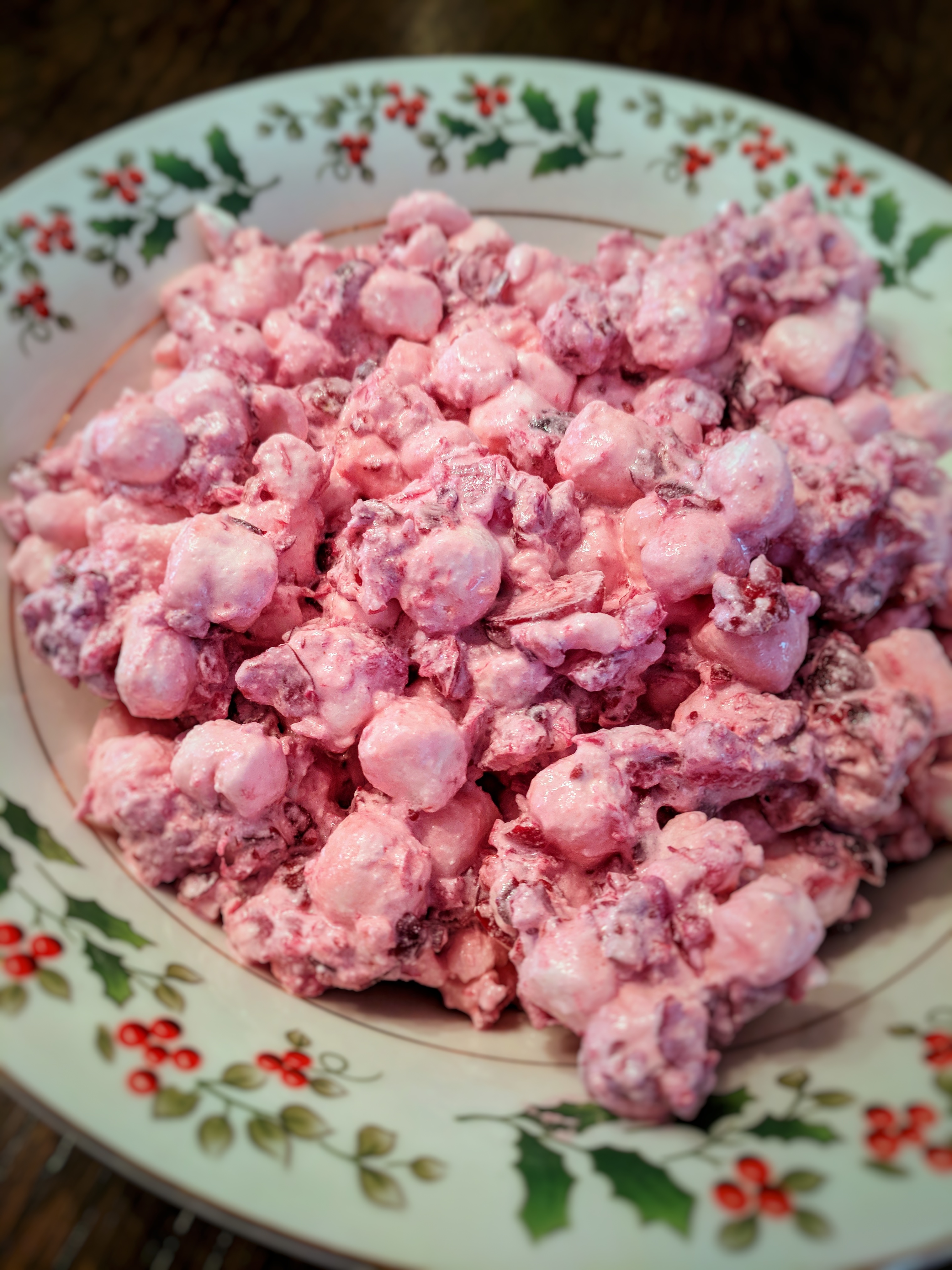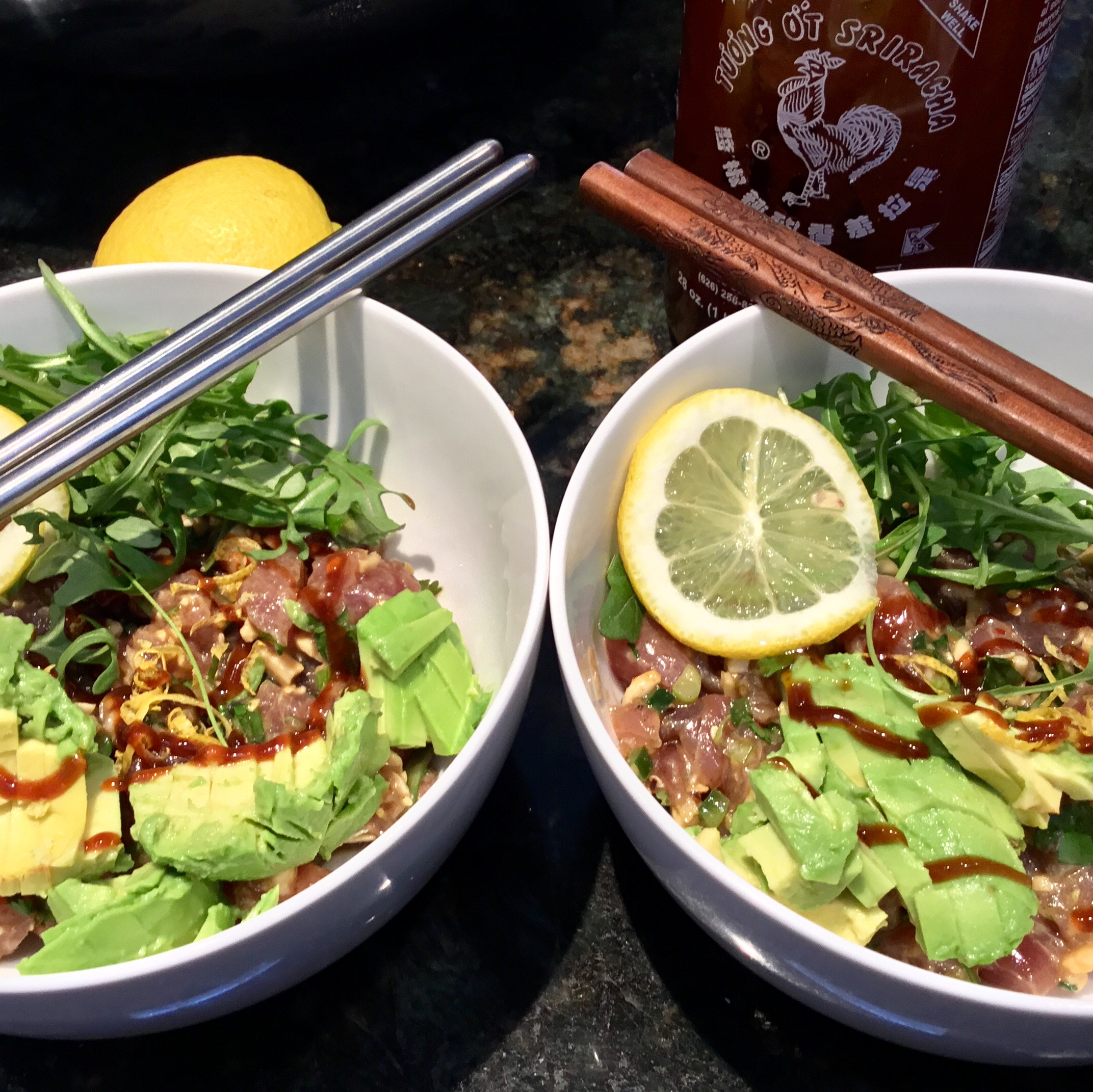
Chess pie is a classic Southern pie, with a filling thickened with egg yolks and cornmeal, which gives it a slightly (and delightful) gritty texture amidst the silky-smooth custard. I like to combine this classic with a flavor that they do the very best in the South: caramel-y brown sugar. This pie is delicious on its own, but I love it decked out with lots of toppings -- whipped cream, caramel sauce, and some kind of candied nuts.
Provided by Erin Jeanne McDowell
Categories dessert
Time 5h
Yield One 9-inch (23-centimeter) pie
Number Of Ingredients 16
Steps:
- For the cornmeal pie dough crust: In a medium bowl, whisk the flour, cornmeal, and salt together to combine.
- Add the cubes of butter, tossing them through the flour until each piece is well coated. Cut the butter into the flour by pressing the pieces between your fingers, flattening them into big shards. As you work, continue to toss the butter through the flour, recoating the shingled pieces. If you have warm hands, you may want to use a pastry cutter (sometimes I do a few passes with pastry cutter, then toss the mixture with my hands before continuing). Take care to ensure that all the cubes of butter are fully coated in flour as you work.
- For a flaky crust, continue cutting the butter into the flour just until the pieces of butter are about the size of walnut halves. Or, for a mealy crust, work the mixture together until the pieces of butter are about the size of peas.
- Make a well in the center of the flour mixture. Add the ice water to the well. (Different types, or even brands, of flour hydrate differently, so it is difficult to give a precise amount that will work every time; Consider the base amount given as a solid jumping-off point, knowing that you will almost always need to add more.) Using your hands, toss the flour with the water to start to mix the two together (this begins to combine them without creating too much gluten). As the flour begins to hydrate, you can switch to more of a kneading motion -- but don't overdo it, or the dough will be tough. Then add more water, about 1 tablespoon (15 grams) at a time, until the dough is properly hydrated. It should be uniformly combined and hold together easily, but it shouldn't look totally smooth. Dough that is too dry may have a sort of "dusty" appearance, or pockets of unhydrated flour; it will not hold together and will look crumbly. Dough that is too wet will feel sticky or tacky to the touch, and it is often smoother and/or lighter in color than a properly hydrated dough.
- Form the dough into a disk and wrap tightly in plastic wrap. Refrigerate for at least 30 minutes before using.
- Lightly dust your work surface with flour. I use about a handful of flour to dust the surface and the dough, and I often don't need to use any more during rolling. Use just enough flour to prevent the dough from sticking, as using too much can make the dough tough or dry.
- Begin to roll out the dough by positioning the rolling pin in the center of the dough, then applying gentle pressure and pushing it away from you. Return the pin to the center and do the same, this time bringing the pin towards you. Although this method may feel a bit awkward at first, it's useful for learning how to apply gentle, even pressure to the dough rather than just pressing down while rolling the pin back and forth, which can often make the crust too thin at the edges and thicker in the center.
- Rotate the dough frequently as you work, or even flip it over. That will help keep the dough from sticking and also allow you to feel the thickness to determine if there are thicker areas you haven't hit evenly with your pin yet. As the dough round (or rectangle) gets bigger, use the pin to help you move it around -- roll it up around the pin, then unfurl it in a slightly different spot. Rather than focusing on the diameter of the rolled- out dough, focus on the thickness. When the dough is rolled out evenly to the correct thickness (1/8 to 1/4 inch (3 to 6 mm)), it should be the correct size and about 1 inch wider than the pie plate. Of course, you can always use your pie pan as a guide while you roll, placing it lightly on top of the dough to help see when you're getting close.
- Transfer the dough to the pie plate. To use the rolling pin to transfer the dough, place it at the end of the dough farthest from you, wrap the edge of the dough up around the pin, and roll the pin toward you, wrapping the dough around the pin. Position the far edge of the dough to the far edge of a 9-inch pie plate and gently unfurl it into the plate. Then lift up the dough gently at the edges and gently push it into the base of the pie plate.
- Once you've lined your pie plate with dough, trim away any excess dough, ideally ending up with 1/2 inch (1 cm) of excess dough all the way around the edges. I like to use scissors for this task -- they make it easy to cut cleanly. Then tuck the excess dough under itself so the edges of the crust are flush with the outer rim of the pie plate. Press lightly to seal the dough all around. This technique serves to give you thicker dough around the edges of the pie, which makes it easier to crimp, and this final folded effect at the edges makes the edges of the crust look (and taste!) particularly flaky when you slice it.
- Cover with plastic wrap and refrigerate the pie plate lined with dough until chilled, 15 minutes to 1 hour if time allows.
- Dock the bottom of your crimped and well-chilled pie crust all over with a fork.
- Cut a square of parchment paper that is slightly larger than the pie plate. Place it on top of the pie shell and fill with pie weights (make sure you use enough weights to come up to the inner rim of the pie plate). The crust is now ready to be parbaked.
- Parbake the crust: Preheat the oven to 425 degrees F (220 degrees C) with a rack in the lower third of the oven, preferably with a baking steel or stone on it. Place your docked/weighted crust on the rack and bake for 15 to 17 minutes, until the edges appear set and are just starting to lightly brown. Remove the pie from the oven and use the parchment paper to lift the weights out of the pie shell. Return the crust to the oven and bake until the bottom appears set, 2 to 3 minutes more.
- To make the egg wash, whisk the egg and cool water together to combine.
- As soon as the pie crust comes out of the oven from parbaking, brush the crimped edges of the dough with a thin layer of the egg wash to form a sort of "seal" on the base of the dough.
- Let the crust cool completely before filling.
- For the Brown Sugar Chess Pie: Preheat the oven to 325 degrees F (165 degrees C) with a rack in the lower third (preferably with a baking steel or stone on it).
- In a medium bowl, whisk the brown sugar and cornmeal together to combine. Add the eggs and egg yolks and whisk until the color has lightened noticeably, 1 to 2 minutes. Add the milk, melted butter, vanilla, and salt and whisk until well combined.
- Place the parbaked pie crust on a parchment-lined baking sheet and pour the filling into the crust. Transfer to the oven and bake until the crust is deeply golden and the custard is set around the outside edges but is still slightly jiggly in the center, 35 to 40 minutes.
- Cool the pie completely, then chill for at least 1 hour before slicing and serving. Serve topped with whipped cream, caramel sauce, and some kind of candied nuts, if desired.
Are you curently on diet or you just want to control your food's nutritions, ingredients? We will help you find recipes by cooking method, nutrition, ingredients...
Check it out »
You'll also love
















ramesh san
[email protected]I love this pie! It's the perfect comfort food.
Thathsarani Perera
[email protected]This is the best chess pie recipe I've ever tried! The brown sugar adds a delicious caramel flavor.
Teddy Wondu
[email protected]This pie is so easy to make, and it's always a hit with my friends and family.
Monnelize Langdown
[email protected]The pie was a little too sweet for my taste, but I think I might have added too much brown sugar.
Victory Son
[email protected]This pie is a great way to use up leftover brown sugar.
Waleed Qadoumi
[email protected]I'm not sure what I did wrong, but my pie turned out a little runny.
David Mashego
[email protected]This pie is the perfect dessert for a special occasion. It's rich and decadent, but not too heavy.
dj naeeym
[email protected]I'm not a huge fan of chess pie, but this one was pretty good.
Fawad Ahmed
[email protected]Easy to follow recipe and the pie turned out great! Will definitely be making this again.
Alex Bryant
[email protected]The pie crust was a little dry, but the filling was delicious.
Ngong Zebedee
[email protected]The brown sugar chess pie was a bit too sweet for my taste, but overall it was a good pie.
stephanie grace
[email protected]This pie is so easy to make and it's always a crowd-pleaser. I love that I can use ingredients that I usually have on hand.
riaz uddin
[email protected]I've made this pie several times now and it always turns out perfect. The filling is smooth and creamy and the crust is flaky and golden brown.
Rachel McKnight
[email protected]This chess pie was a hit at my family gathering! The brown sugar added a delicious caramel flavor that everyone loved.